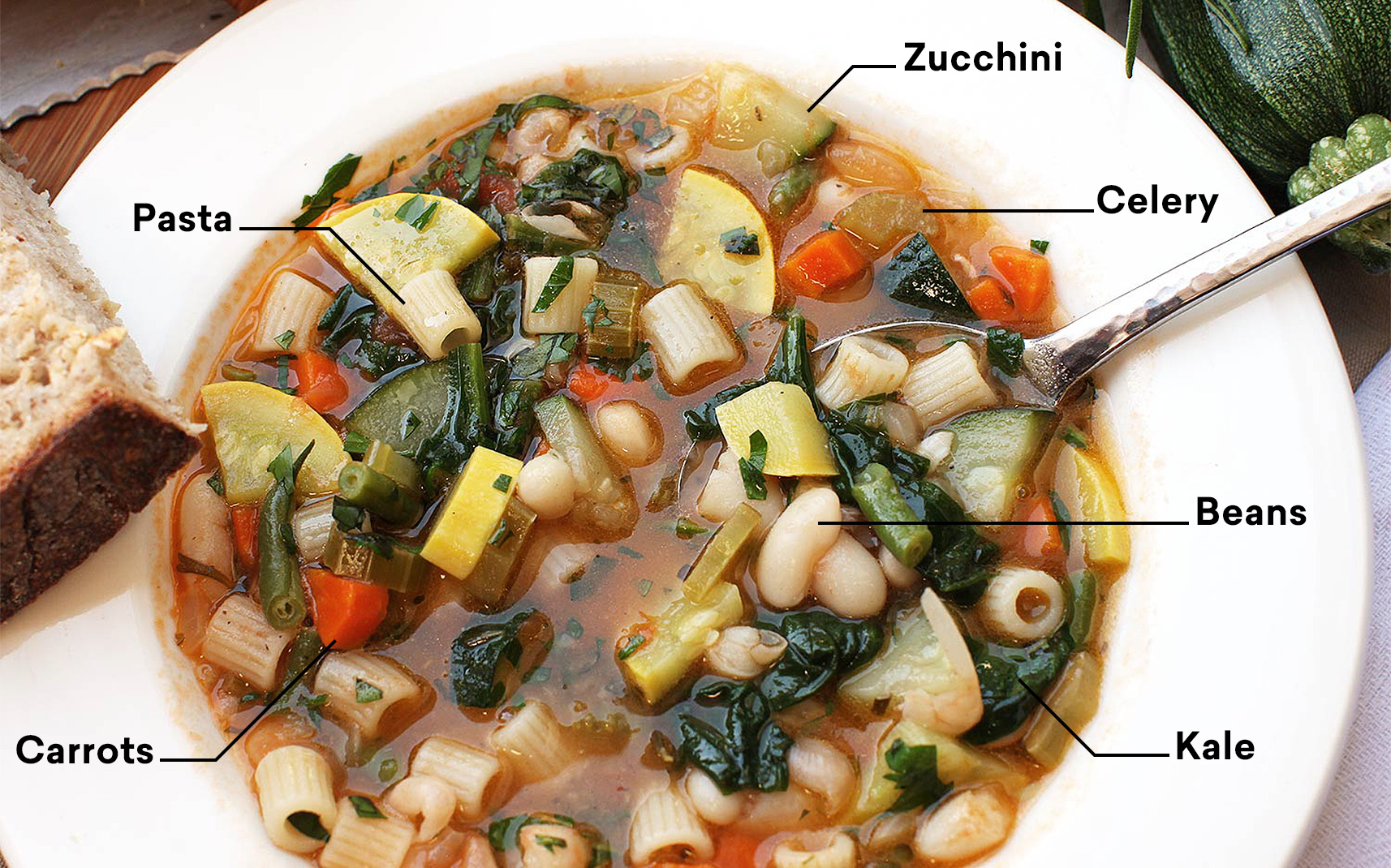
Attribution modelling and Minestrone
When we first started out in advertising and media, we were briefed on executions for different channels based on the media plan. From outdoor to radio, print to TV, all of these mediums contributed to the campaign’s goal. 20 plus years later, we hear a lot about channels and more increasingly we’re talking about attribution again.
Attribution, for those lost in the digital marketing hyperbole of today’s landscape, is all about understanding all the points along the way that led to a conversion or sale online. The Attribution Model determines how credit for conversions is assigned to the touch-points along the way.
For example, say a customer is in consideration mode and finds your site by clicking one of your AdWords or CPC ads. She returns one week later by clicking over from a social network. That same day, she comes back a third time via one of your email campaigns she signed up for on the first visit, and a few hours later, she returns again directly and makes a purchase. What, out of this complex consumer journey, contributes more towards the purchase decision? That’s the challenge for your Attribution Model.
Interestingly, Google recently indicated that 90% of consumers are also switching between screens to complete these tasks. Switching devices, apps, and browsers, and clicking links are all components we need to factor into the Attribution Model.
Let’s keep it simple and look at how we currently attribute conversions. When you look at your Analytics or Dashboards being fed from many sources, the sale or conversion is only being attributed to the last click. This means your goals are broken down by CPC, Direct, Organic, eMail, Social or Referral, etc. But the reality is this is like a minestrone soup where only one vegetable gets all the credit for the overall recipe. Only one channel gets the credit for the last click – this gives you a taste of attribution’s potentially incomplete flavour.
This is like a minestrone soup where only one vegetable gets all the credit for the overall recipe.
Going back to the early days, I like to think back to the media plan spreadsheet, layered medium by medium indicating the press ads, the magazine, the radio, the billboards and TV within the marketing mix. What we would understand is the timing of each activity attributed to the week it was commencing on the plan. The most important thing was the timeline. We understood the plan and each medium, and this was an indication of all of the touchpoints in the campaign. While the plan was primarily based on target reach and frequency, the one thing we knew and understood was the sum of all parts over the length of the campaign.
Back then the last click was a phone call, store traffic numbers and purchases, or a coupon redemption, but we wouldn’t attribute it to the radio only, or the direct mail, press or billboards. It was the mix and the timeline of how we scheduled one channel to take over or overlay another at certain parts of the campaign – and the types of messages being served at these times.
Attribution is the underlying justification for Paid and Owned media.
With an always-on mentality, programmatic optimisation and AI just around the corner, attribution is a way we can understand and plan the influences and relationships of each channel through the journey. No one channel always understands what the others are doing, so they are often treated independently from one another. Attribution challenges all of this as the ambition for better engagement, conversion rates and ROI continues.
Today, with disruption driving more and more niche verticals and single-channel focus, the tendency has been to win the last click – a fact Google understands and has now moved to adjust its approach and attitude around, with new tools and language surrounding ‘free attribution’.
There is a lot we look forward to and lots to reflect on in the next wave of consumer engagement and conversion. As marketers understand the attribution model better, investments will be weighted to build the optimum impact at each touchpoint. A measure which will justify every effort as an authentic contribution to the conversion. Attribution is the underlying justification for Paid and Owned media.
Like any good recipe and, in particular, a classic like minestrone soup, it’s the sum of all parts which contributes to the result. Attribution is simply all the ways a consumer engages with you along the path to purchase – your marketing recipe. From consideration channels to social channels to the consumer experience on-site, it’s all of these that drive success. Everyone wants to optimise all of these touchpoints and understand which one provides more value or opportunity. Google love last click, it’s good for business but there is first click and linear attribution advocates out there as well. Depending on your channel mix and type of business, one of these may be more suited to you.
For me, today’s consumer journeys and yesterday’s analogue media plans sit side-by-side strategically. The timeline and how we bounce from touchpoint to touchpoint feel like driving along listening to the radio, seeing a billboard and noticing a press ad in the newspaper the following day.
There are many recipes for minestrone. Whatever your recipe, it’s the ingredients within your marketing funnel that make it taste right for your consumers.
